The digital world is constantly changing and fast. And those of us involved in UX design are at the forefront. In 2025, visual design is an era of enormous change taking place. Both technological, sociological and user generated. Staying ahead of the trends isn’t just a matter of style. It’s about creating an experience that pleases users. Let’s take a closer look at the top five visual design trends that will emerge next year.
1. Realistic 3D and AR experience
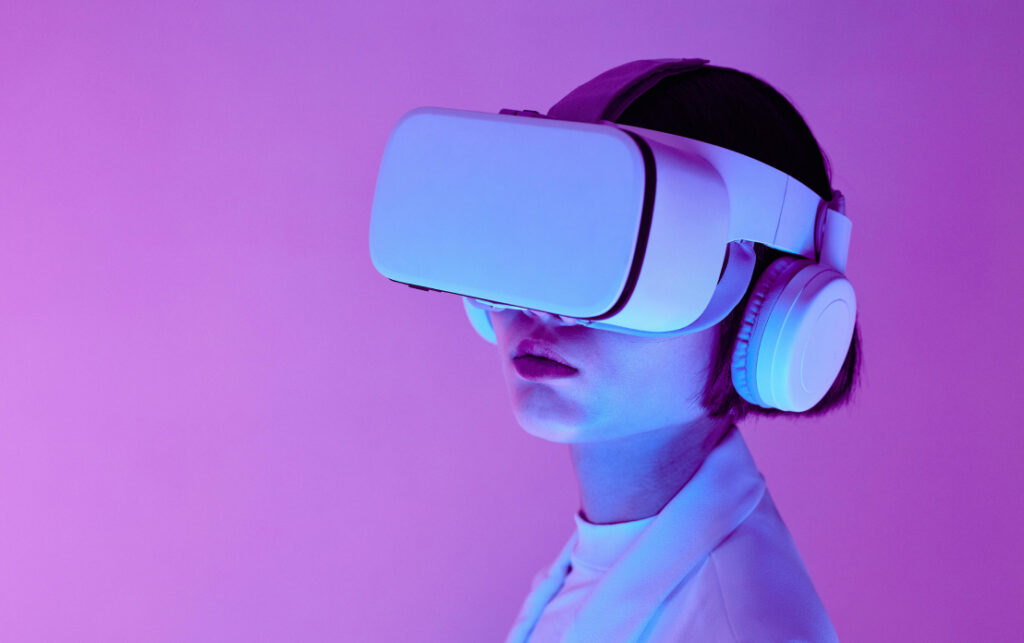
In 2025, integrating 3D design with augmented reality is nothing but a given. With the number of AR-enabled devices and platforms increasing, consumers will demand visual designs with depth, interactivity, and immersion. From e-commerce to education, 3D elements are transforming the user experience.
Consider applications related to furniture. It can see a 3D sofa in the living room thanks to augmented reality. It’s about breaking down screen barriers and bringing design into the user’s real world. Realistic combination of textures, lighting and movement Create sensory richness with a personal and tangible feel in 3D and AR products. Plus, tools like Unity, Blender, and ARKit make it easy to design these experiences.
The challenge for UX designers is to strike a balance between beauty and functionality. Overloading the interface with too many 3D elements can sometimes degrade performance. As this trend grows Simplicity also tends to stand out in 3D space.
2. AI-powered personalization
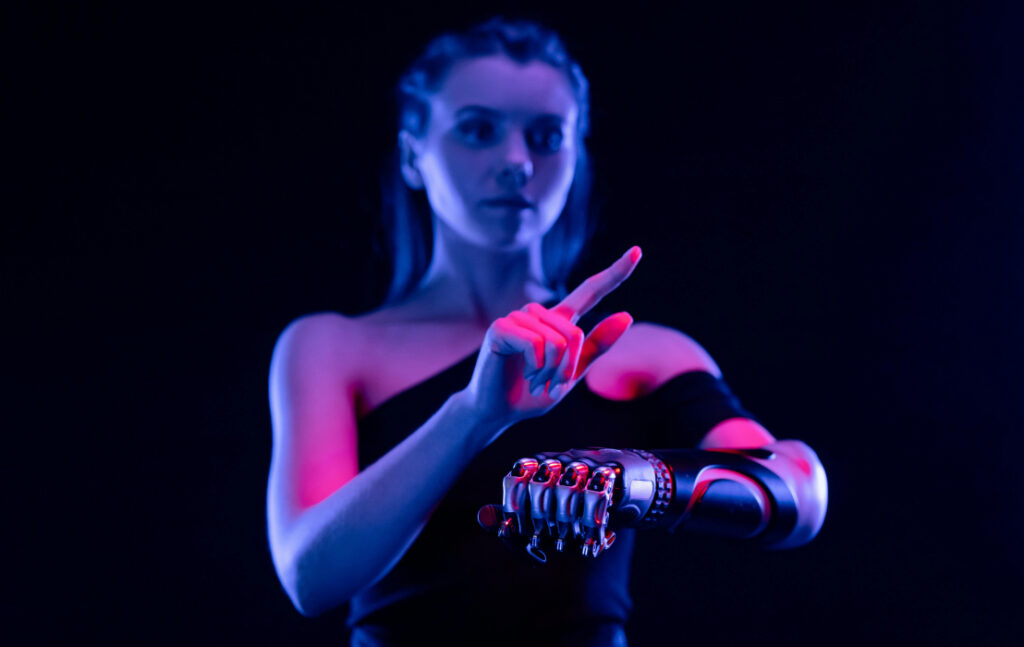
Artificial intelligence is a popular industry conversation, but 2025 will drive greater personalization in the realm of visual design. Consumers expect designs that fit their preferences, behaviors and needs – smoothly and intuitively.
A streaming app that adjusts its interface based on the user’s viewing habits. Colors, fonts, and layouts change dynamically based on mood or time of day. That level of customization creates a deeper emotional connection between the user and the brand. AI-powered insights can help designers create visuals that speak directly to individual users. This increases satisfaction and loyalty.
However, personalization must be done responsibly. Transparency about how user data is used is key to building trust. UX designers should focus on creating adaptive interfaces and clearly communicating these changes to users. Therefore, users feel empowered rather than being followed…
3. Biophilic Design Elements
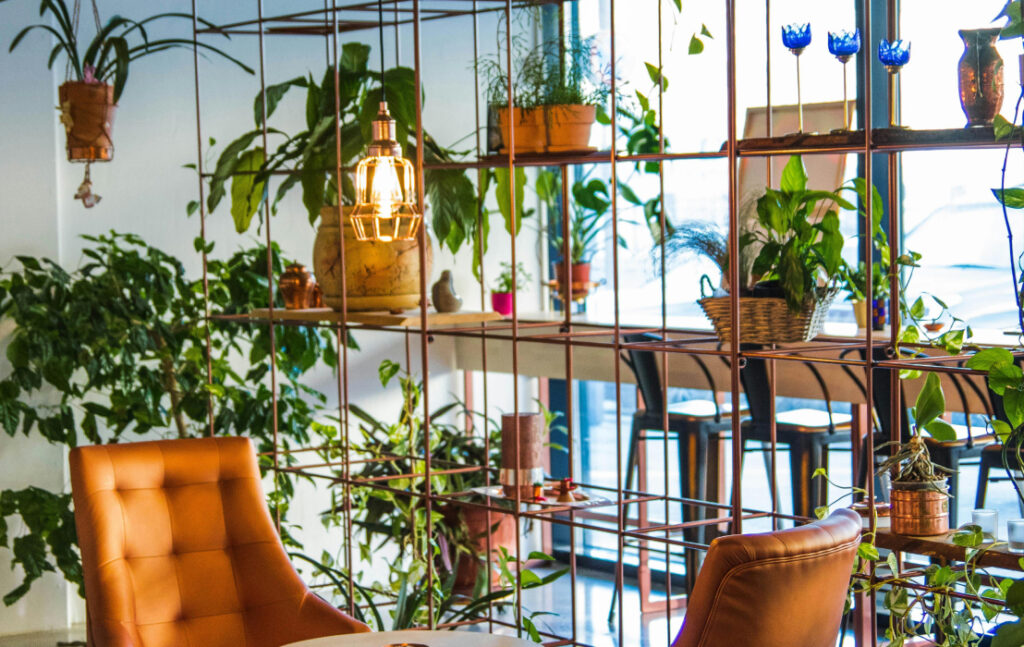
As the world increasingly prioritizes sustainability and mental well-being, biophilic design elements are taking center stage. This trend draws inspiration from nature to create calming, harmonious user interfaces.
Incorporating organic shapes, earthy color palettes, and natural textures can evoke feelings of serenity. Whether it’s a finance app that uses shades of green and flowing lines to reduce stress or a wellness platform with plant-inspired animations, biophilic design connects users to nature, even in a digital space. Such designs promote mindfulness, making them especially relevant in today’s fast-paced world.
UX designers adopting this trend should focus on subtlety. Overusing nature-inspired visuals can feel forced or overly thematic. Instead, integrating these elements thoughtfully—perhaps as background accents or micro-interactions—ensures a balanced and effective user experience.
4. Maximalist Typography

Minimalism has governed design for years, and 2025 greets a refreshing counter-trend: maximalist typography, bold, expressive, unapologetically artistic, and making text take center stage in the user interface.
Think oversized headlines, experimental typefaces, and vibrant color gradients. Maximalist typography is about storytelling and evoking emotions. For instance, a campaign website might use dynamic text that morphs and moves as users scroll, creating a narrative journey. It’s a perfect fit for brands looking to stand out and leave a lasting impression.
However, readibility still comes first. Creativity and clarity will have to be balanced together by the designers. By experimenting with type, it should still let users consume the content easily. Testing with tools such as a contrast checker and responsive testing will always be very essential for accessibility.
5. Retro-Futurism
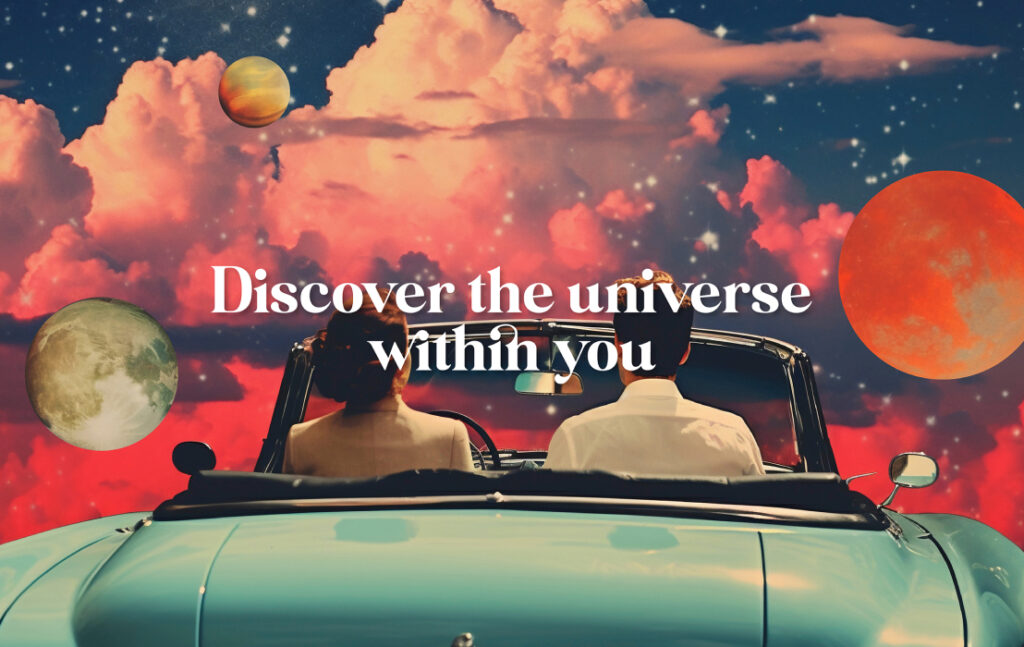
Retro-futurism—the art of mixing nostalgia with forward-thinking aesthetics—is set to dominate 2025. This trend pays homage to the past while embracing futuristic technologies, resulting in a unique visual style that feels both familiar and innovative.
Expect neon color schemes, glitch effects, and pixelated textures reminiscent of the old internet days. At the same time, these elements will be woven into modern layouts and slick animations. For example, a fintech app can use retro-futuristic visuals to make intimidating financial concepts more approachable and engaging.
To leverage this trend effectively, UX designers should identify the specific emotions or memories they wish to evoke. Retro-futurism works best when tied to a brand’s narrative, creating a cohesive and memorable experience for users.
Conclusion: Designing for the Future
As UX designers, staying ahead of visual design trends is essential for crafting interfaces that delight, engage, and inspire users. The trends of 2025 immersive 3D and AR, AI-driven personalization, biophilic elements, maximalist typography, and retro-futurism—reflect the dynamic interplay between technology, user needs, and cultural shifts.
But to embrace these trends, thought needs to be applied. It is not about doing what is in fashion; it is about knowing their impacts on user experiences. Adding these innovations strategically can thus ensure designs that look great, yet enhance functionality and the emotional connection.
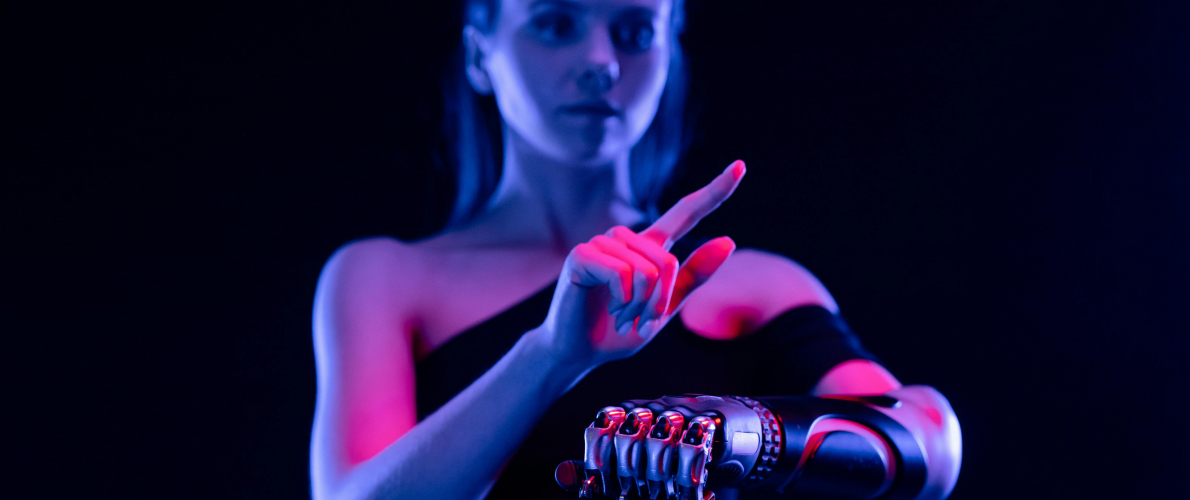

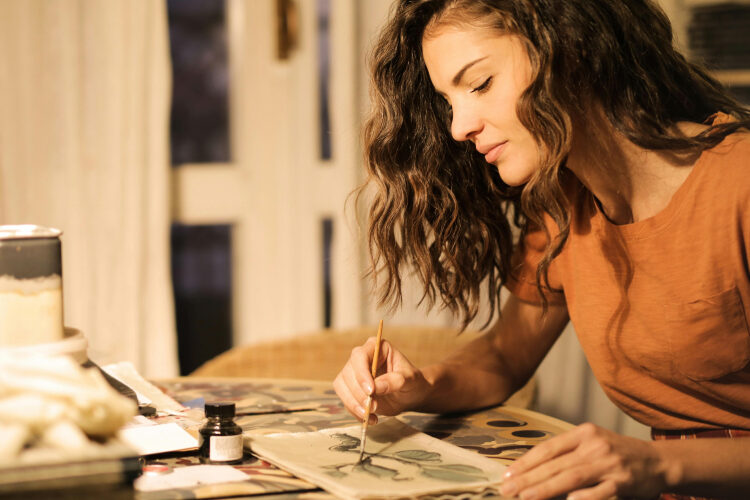

This is a topic close to my heart cheers, where are your contact details though?
Saved as a favorite, I really like your blog!